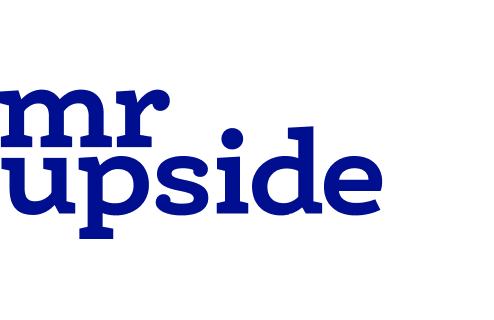A structured approach of each design project
Starting something new, like building a new brand or transforming an existing one, is always fun. Challenging too. How do you ensure that a creative project, such as a logo and corporate identity design or a website, becomes a success?
Photo by Kamil Pietrzak on Unsplash
Creative process
Creativity, making 'something' out of 'nothing', often does not seem to have a fixed structure. Sometimes ideas come from everywhere. Sometimes inspiration is hard to find. Fortunately, professional creatives have a process. They give themselves handles, boundaries and guidance. They consciously create a structure, a process, to ensure the delivery of high quality, on time.
Design versus art
A logo is design. Not art. Art refuses to impose restrictions on itself. Design has more deliberate frameworks. Design is more of an applied art and more practical. Design solves problems. And in the case of logo and corporate identity design, it is business challenges for which a solution is sought. You can structure that search.
A professional designer
Unburdens the customer, saves the customer time and reduces the risk by:
knowledge and experience, so that the chance of errors afterwards is much smaller
a proven, efficient process, so that things are not forgotten
asking a lot of questions, to understand the challenge well
documentation of design choices and steps for reference at another time
good and clear communication, so that cooperation runs more smoothly
My project approach
Four phases
I usually divide a creative project into four distinct phases;
Research & Discovery
Strategy
Art Direction & Design
Execution
1 – Research & Discovery
Goal and why
The reasons for starting the project are discussed with the customer. Why do you want a new logo design? What problem will the new Brand Identity Design solve? The research is also structured around the question how a new design can return the investment. When is the project a resounding success? Is there already an existing brand that needs to be renewed? What is the market, How is the product or service distinct and unique? Who is the target group and what makes that target group happy?
Diagnose
A good doctor also asks a lot of questions before making a diagnosis. A good designer also first makes a diagnosis and only then comes up with a treatment plan.
Creative brief
The answers to good questions lead to a better Creative Brief. If the client did not provide one, Mr. Upside will write one. Essentially this document is the project or creative brief for any designer involved.
2 – Strategy
What is the roadmap?
A design process is like an adventurous journey. With a clear purpose. And healthy stops. Good designers also make a roadmap. This roadmap takes steps in a specific order. A process with stages.
In the Strategy Phase the steps to achieve a successful design are determined. With a strategy you will arrive at an end result much faster. The quality of the end result is also much higher.
How do we make this project a great success?
Where is the journey going to? What are the plans? If there is no logo yet, we will find out together what an absolute 10, a super success would mean. The ultimate result. We include this result in a (mini) strategy. A road map. That roadmap describes the steps to achieve that goal.
3 – Art Direction & Design
A logo design, development of a corporate identity or webshop design are quite different. The approach therefore also differs. But now that the strategy and frameworks are in place, some steps can be made.
Logo and corporate identity design
A visual identity design has specific steps, and each step is extensively discussed. Each intermediate step is also presented online. So that everyone involved can assess the designs 24/7.
Pencil sketches and digital sketches without color
Typography
Colors
Graphic patterns and additional corporate identity elements
Examples of applying the corporate identity
Project duration
That depends on many things, including scope, availability and the speed with which new designs are reviewed. But an average of 3-4 weeks is realistic.
Website and webshop design
Every step is also discussed extensively when designing a website/webshop. Each intermediate step is also presented online. So that everyone involved can assess the designs 24/7.
Information Structure, Flowchart
Wireframes (UX Design), Desktop + Mobile
Visual (UI) Design, Desktop + Mobile
Handover to Web Developer
Project duration
That depends on many things, including scope, availability and the speed with which new designs are reviewed. But 4 to 12 weeks is realistic.
4 - Execution
Development of communication means
When the overall look&feel is approved, the fourth phase is started. In this phase, the style, as determined in Step 3 'Art Direction & Design', is extended and distilled into all kinds of communication means. Think of Social Media posts, the website or mobile app, or clothing or interior design.
But there is also looking back. How did the process go so far? Do we need to improve anything?
We also look forward. Are there still things missing? Should we document the Brand style guides in an easy accessible online Brand Book?
Need help from a design expert?
Feel free to contact me! I'd love to help you with your project.



